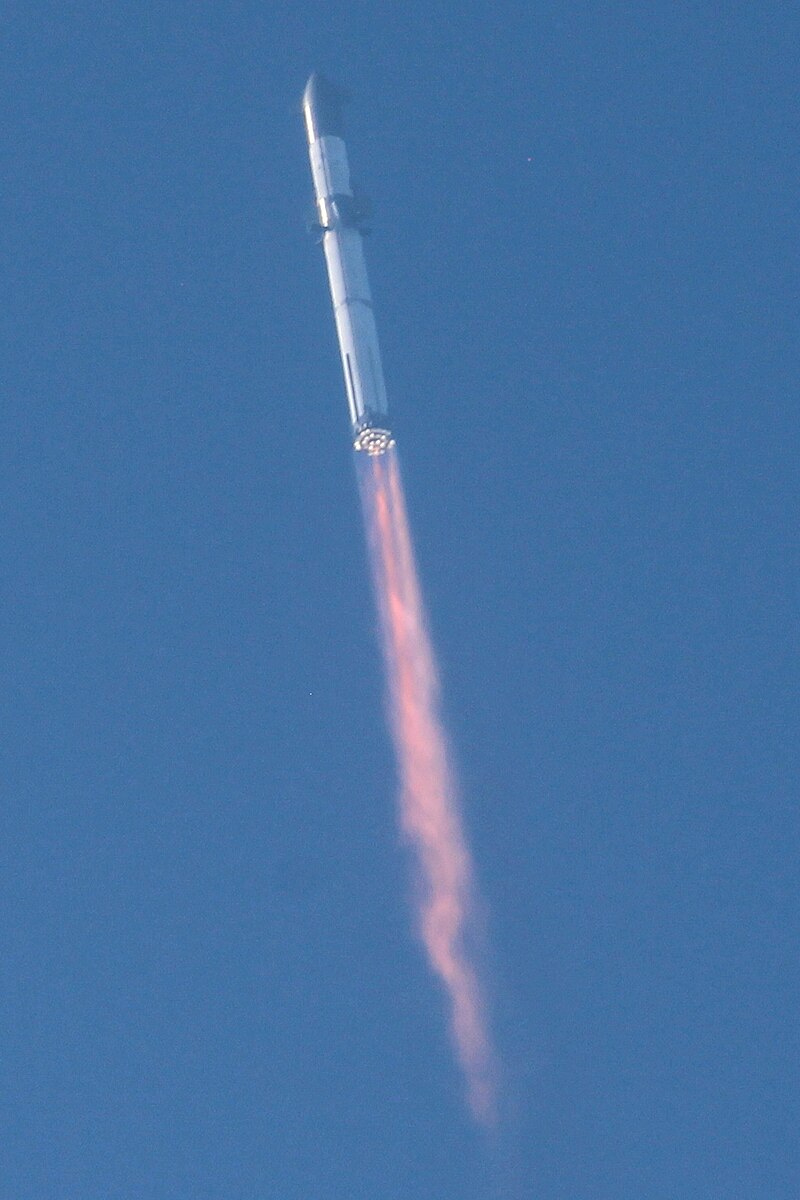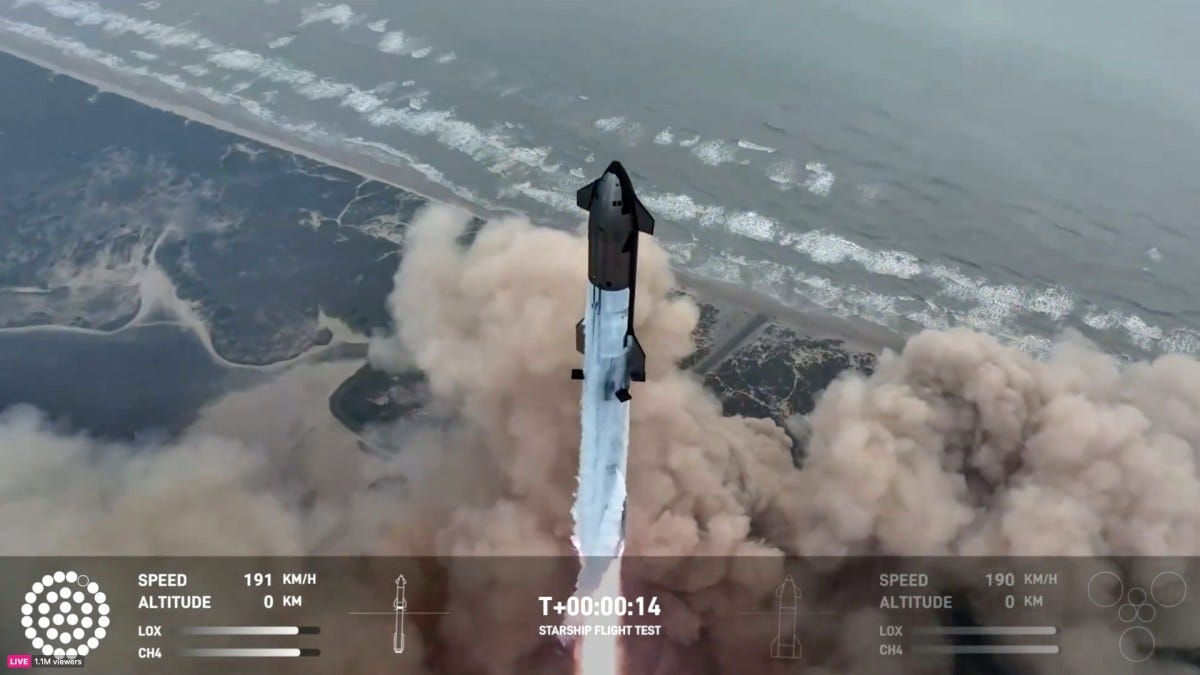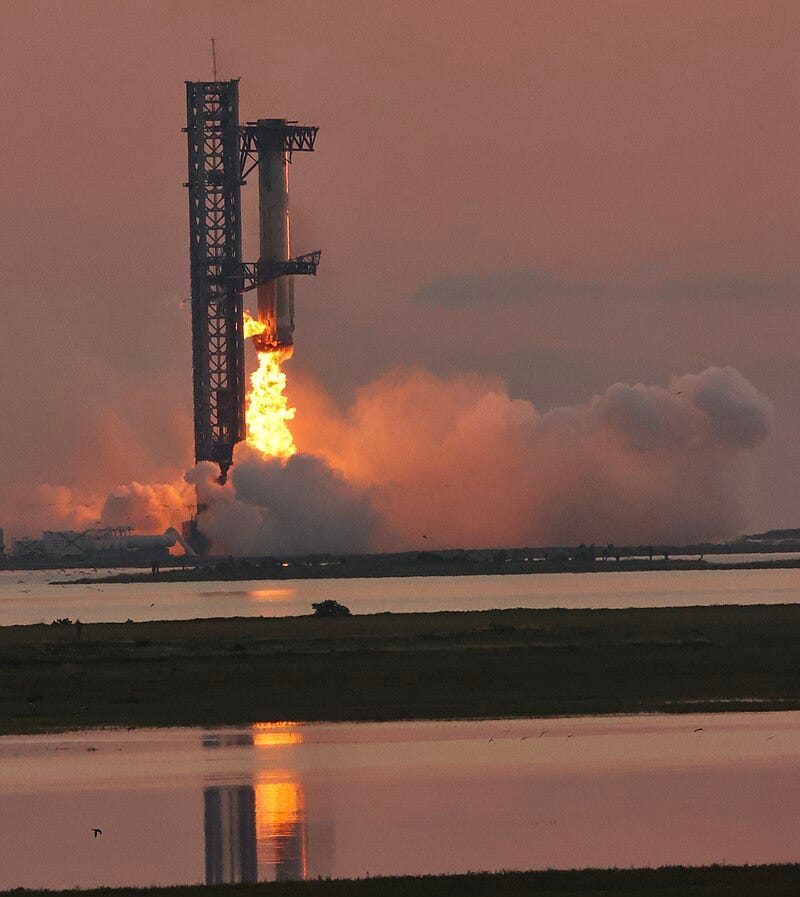Starship’s Test Flights: Breaking, Learning, Succeeding
SpaceX is testing fast, fixing faster. See how every Starship flight is shaping the future of space travel.
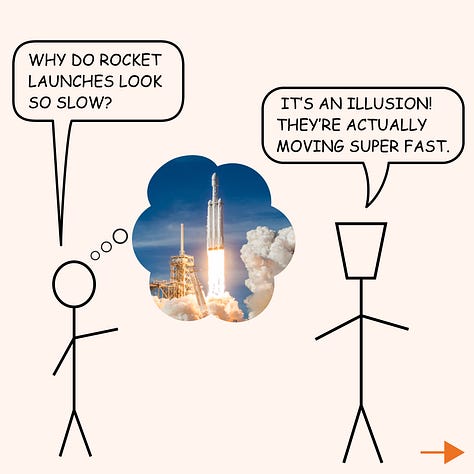
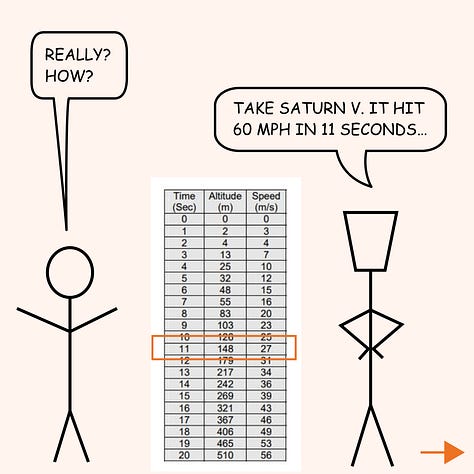
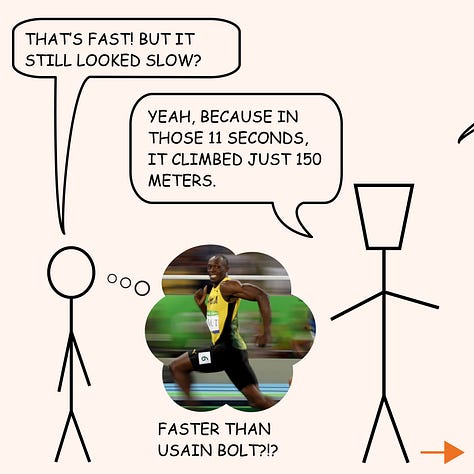
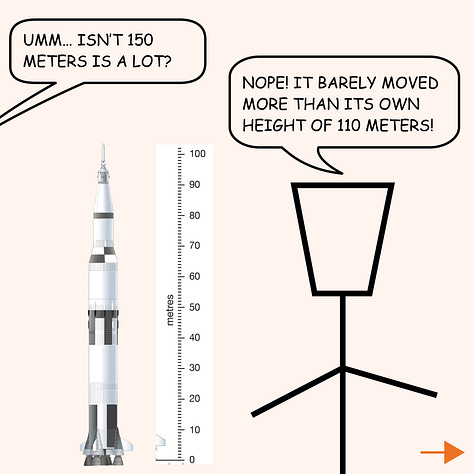
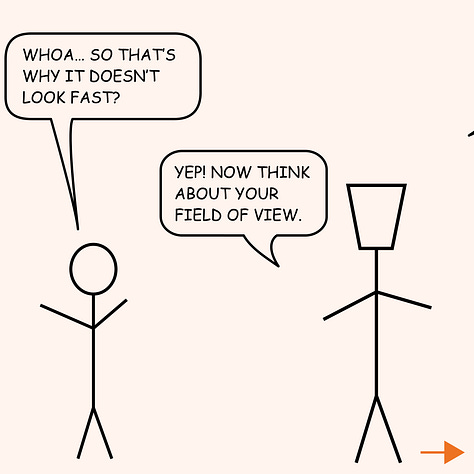
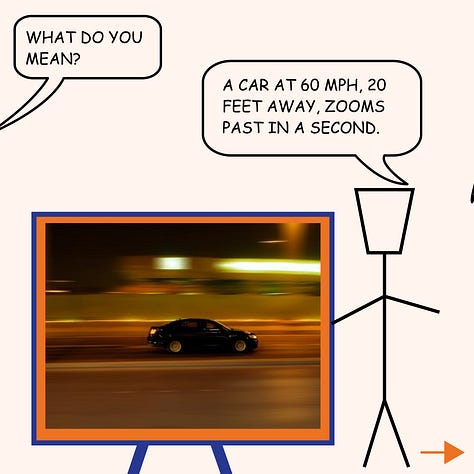
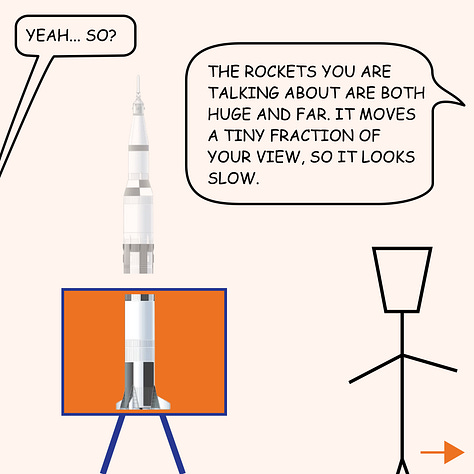
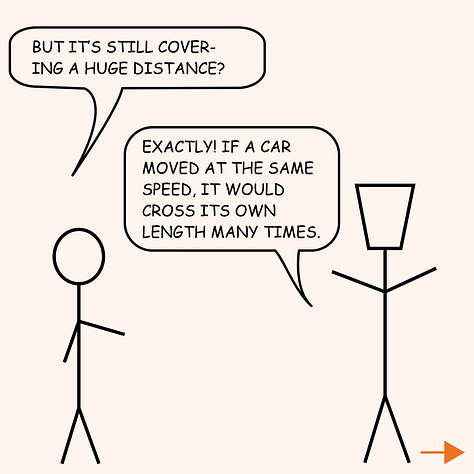
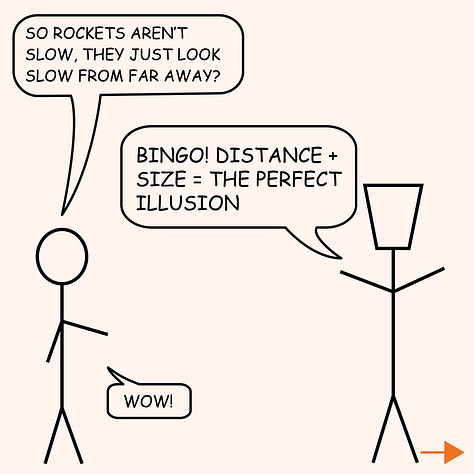
Hey there, space enthusiasts!
In today’s article we will cover a brief of all SpaceX's Starship Integrated flight tests. We will be exploring what happened during each mission, the challenges faced, and the lessons learned.
First Flight Test (April 20, 2023)
In this maiden voyage, Starship aimed to reach near-orbital speeds. However, shortly after liftoff, several of the Super Heavy booster's engines shut down unexpectedly. This loss of thrust led to an uncontrolled spin, preventing stage separation.
The flight termination system was activated but took over 40 seconds to destroy the vehicle. Despite these issues, SpaceX considered the test a success since the primary goal was to clear the launch pad. The launch caused significant damage to the pad and surrounding infrastructure, highlighting the need for reinforced ground systems.
Second Flight Test (November 18, 2023)
This test featured Booster 9 and Ship 25.
The vehicle successfully lifted off under the power of all 33 Raptor engines on the Super Heavy Booster and made it through stage separation. Following separation, the booster completed its flip maneuver and initiated the boostback burn but experienced multiple engine failures and exploded during its boostback burn. On the other hand, Ship 25 became the first Starship to reach outer space.
Debris was observed re-entering the atmosphere near the Virgin Islands. The incident underscored the importance of refining flight termination protocols and vehicle control systems.
Third Flight Test (March 14, 2024)
On SpaceX's 22nd anniversary, Booster 10 and Ship 28 embarked on this mission.
Starship's thrust vector control system was upgraded to electric thrust vector control (TVC). All 33 engines on the booster ignited and stage separation was successful, and Starship conducted in-space maneuvers, including a propellant transfer demo and payload dispenser test. B10 conducted a boostback burn, however, the planned landing in the Gulf of Mexico was not successful, as it exploded at 462 m above the surface.
This test provided valuable data on in-space operations and re-entry dynamics, guiding improvements in thermal protection and communication systems.
Fourth Flight Test (June 6, 2024)
The prototype vehicles flown were the Starship Ship 29 and Super Heavy Booster 11.
The main test objectives of this flight, both of which were accomplished, were for the Super Heavy booster to simulate a landing at a "virtual tower" just above the surface of the Gulf of Mexico, and for Starship to survive at least peak heating during atmospheric re-entry.
This marked the first integrated test flight where both Starship and Super Heavy successfully reentered and performed a powered vertical landing over the ocean surface.
Fifth Flight Test (October 13, 2024)
A significant milestone was reached when the Super Heavy booster (B12) successfully returned to the launch site and was caught by the launch tower's "chopstick" arms. The Starship spacecraft (S30) continued its flight, aiming for a controlled splashdown in the Indian Ocean. This test showcased advancements in booster recovery techniques and precision landing capabilities.
Sixth Flight Test (November 19, 2024)
Building on previous successes, this flight saw the booster perform a boostback burn and land safely on the water surface in the Gulf of Mexico (instead of “catch” as in the previous test) due to safety considerations.
Notably, the Starship spacecraft successfully relit a Raptor engine in the vacuum of space, a critical step for future missions involving payload deployments. A stuffed toy banana served as a zero-gravity indicator, marking Starship's first payload, though it remained onboard throughout the flight.
Seventh Flight Test (January 16, 2025)
This mission aimed to deploy 10 Starlink simulators, mimicking the size and weight of next-generation satellites. The Super Heavy booster was successfully caught by the launch tower's "chopstick" arms for the second time.
However, the Starship spacecraft experienced a breakup minutes after launch, leading to debris falling near the Caribbean and causing flight diversions. The incident highlighted the need for enhanced safety measures and coordination with aviation authorities.
Learning and Evolving: The Iterative Design Approach
Each test flight, regardless of the outcome, provides invaluable data. SpaceX embraces an iterative design philosophy, viewing challenges as opportunities to learn and improve. This approach accelerates development through rapid prototyping and testing. For instance, after early flights, significant changes were implemented, such as upgrading to an electric thrust vector control system and refining flight termination protocols.
A History of Perseverance
SpaceX's journey is marked by resilience. The first successful Falcon 1 orbital launch came after three failures. Similarly, achieving the first successful landing of the Falcon 9's first stage required multiple attempts. This persistence underscores SpaceX's commitment to learning from each setback, refining designs, and pushing the boundaries of space exploration.
In essence, SpaceX's Starship program exemplifies innovation through iterative design. Each test, regardless of outcome, brings us closer to a future where space travel is more accessible and sustainable.



